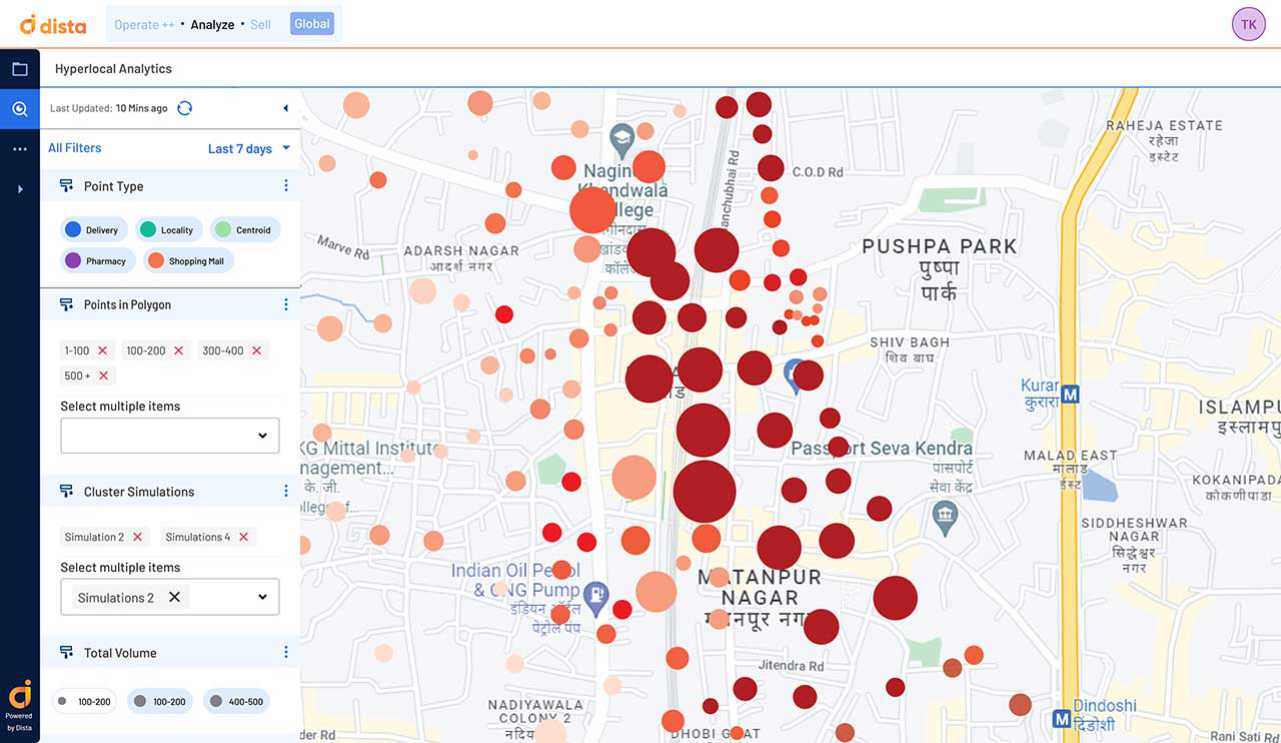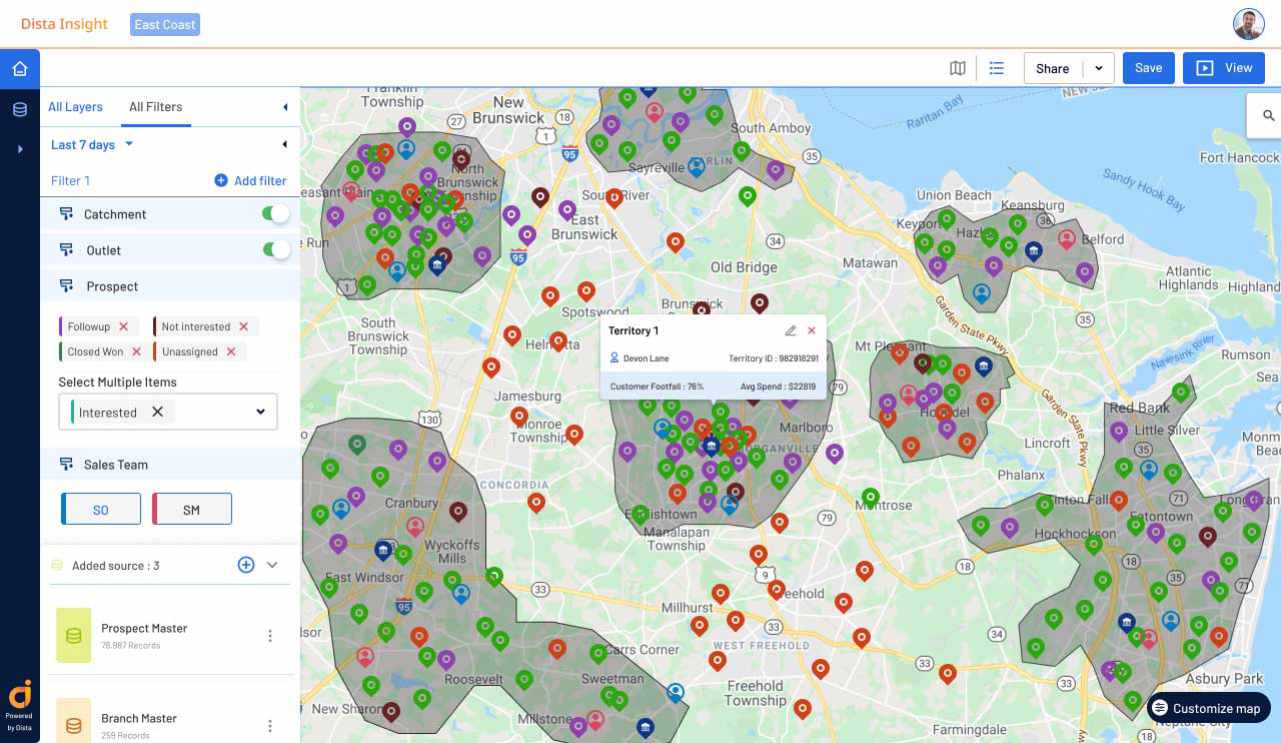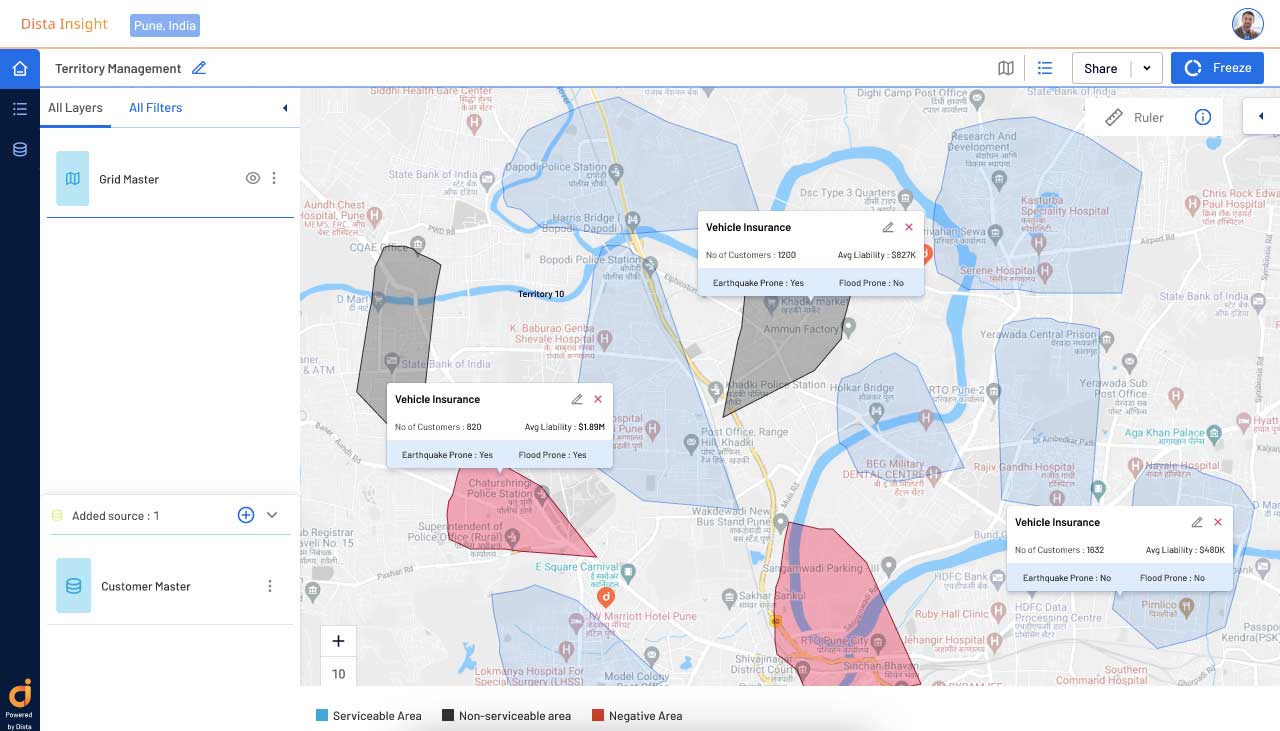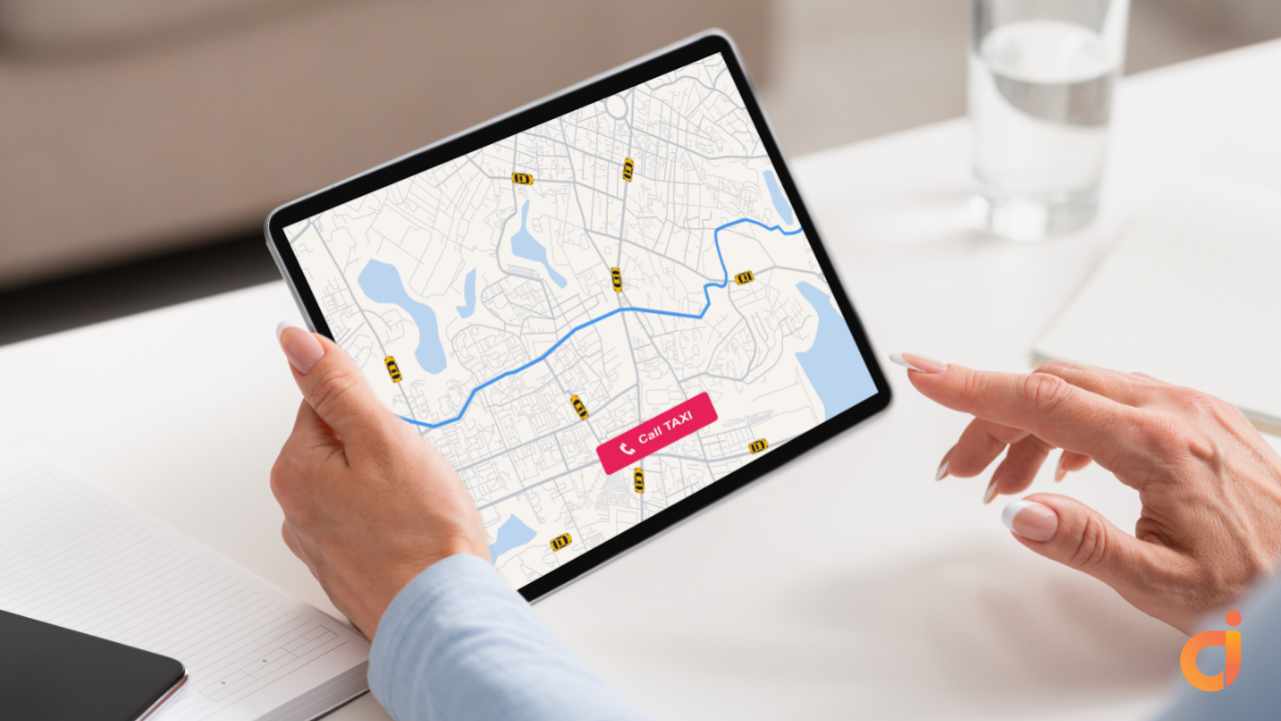Market Expansion
Scale Your Business Faster with a Location-First Strategy
Design a Market Expansion Strategy with Cutting-Edge Geospatial Insights
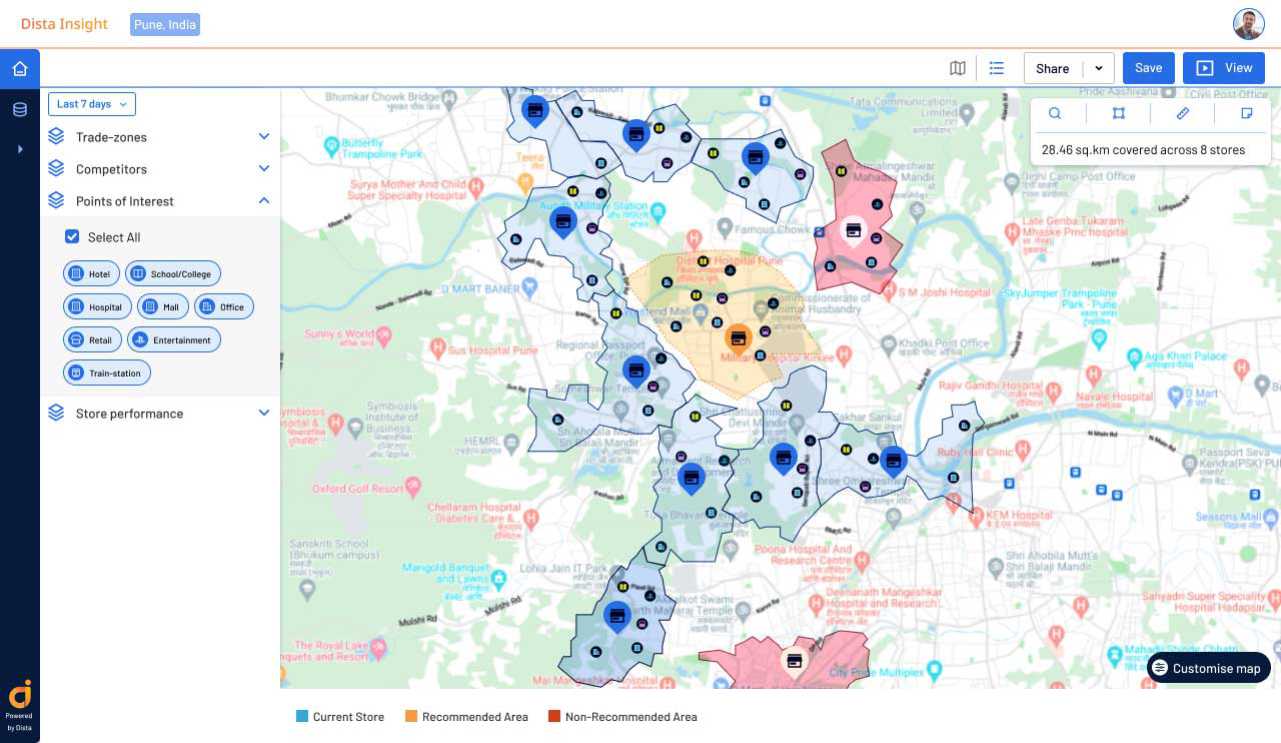
Gain Actionable Intelligence to Make Strategic Decisions
Leverage geospatial insights to understand the target audience better and use it to customize solution offerings. Empower organizations with faster data processing and reduce time to market.
Identify New Markets
Identify areas with high demand but low supply. Design strategies for penetrating new markets, tracking market development, underserved areas, and competition.
Understand Customer Behavior
Gain insights into customer behavior, such as purchase patterns, and demographic information. Design custom marketing strategies to target specific customer segments.
Analyze Market Trends
Track location-based market factors to analyze consumer behavior, socio-economic activity, weather data etc. Take advantage of new opportunities and stay ahead of competition.
Predictive Intelligence for Site Selection
Analyze and select the best sites for distribution centers, warehouses, retail outlets, bank branches, ghost kitchen stores, quick-service restaurants, and more. Leverage geospatial insights to drive expansion for all types of organizations.
Optimize Supply Chain and Distribution Network
Optimize delivery routes, distribution center and warehouse locations. Identify best suppliers by location.
Refine Store Locations
Optimize store locations by analyzing purchasing behavior, traffic patterns, demographics etc.Maximize exposure to customers by selecting the right location for opening new stores.
Discover New Territories for Expansion
Identify new territories for expansion based on customer profile and concentration. Map areas by overlaying competition data to get valuable intelligence on potential cannibalization of the site.
Assessing and Mitigating Critical Risks
Evaluating risks associated with a location is mission-critical for every firm’s expansion strategy. Intelligent risk management leads to informed business decisions and seizing the right opportunities.
Use Geocoding to Power Risk Assessment
Enrich your data with geocoding to clean, process, and convert it into spatial information. Geocoding helps organizations to assess, evaluate and enable smart decision making.
Combine Business Analytics with Geo Data
Manage risks more efficiently by combining business data with geodata. Enhance the quality of your business data by overlaying geodata to reduce operational risks, minimize the margin for error, and streamline business processes.
FAQs
Browse our FAQs section to know more about our market expansion tool and how it can contribute to your success.
Still have questions ?
Analyzing critical location data such as consumer demographics, income profile, buying patterns, and competition presence enhances regional understanding of the audience. Organizations can customize product offerings by location and utilize geospatial insights to make data-rich, informed decisions.
Using Dista’s location intelligence platform, you can identify areas with high demand, track market development, and analyze competition to design strategies for penetrating new markets. This includes understanding underserved areas and leveraging geospatial data to stay ahead of the competition.
Predictive intelligence empowers you to analyze and select the best sites for distribution centers, retail outlets, warehouses, and quick-service restaurants. By leveraging geospatial insights, you can easily identify suitable sites to drive expansion and optimize supply chain and distribution networks.
By leveraging spatial insights, you can optimize store locations by analyzing purchasing behavior, traffic patterns, consumer demographics, competition presence, and sales trends. Geospatial analysis helps select the right places to open new stores, ensuring strategic placement for increasing foot traffic and sales.

